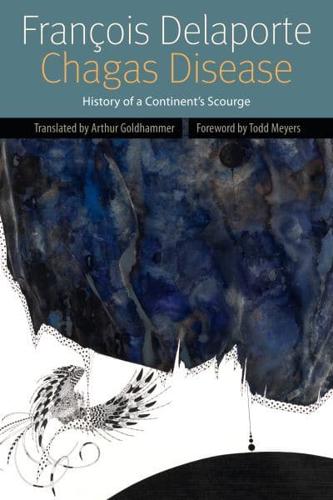Publisher's Synopsis
François Delaporte's Chagas Disease chronicles Brazilian medicine's encounter with a disease, an insect, and a history of discovery. Between 1909 and 1911, Carlos Chagas described an infection (pathogenic trypanosome), its intermediate host, and the illness that he believed it caused, parasitic thyroiditis. Chagas's work did not lack significance: the disease that came to share his name would be one of Latin America's most serious endemic diseases. However, the clinical identification of the disease through "Romaña's sign" (a palpebral edema or swelling of the eyelid) some decades later marked a transformation in the general medical knowledge of the disease and its basis altogether. Not only was the disease entity that Chagas had described shown to be a nosological illusion, but twenty-five years of scientific controversy turned out to have been based on a misunderstanding. The continued use of the term "Chagas's Disease" even after Cecilio Romaña's discovery thus refers to a fundamental ambiguity. Delaporte dispels this ambiguity by re-examining the various discoveries, dead ends, controversies, and major epistemological transformations that marked the history of the disease--a history that begins with the creation of the Oswaldo Cruz Institute in Rio de Janeiro and ends in the forests of Santa Fe in northern Argentina. Delaporte's study shows how an epistemological focus can add depth to the history of medicine and complexity to accounts of scientific discovery.











